Learning the letter names is a fundamental step in early learning. Identifying uppercase and lowercase letter names is a learning standard for many preschool and kindergarten programs.
We’ve asked some of the best parents and teachers around to answer the question:
How do you teach the letters of the alphabet?
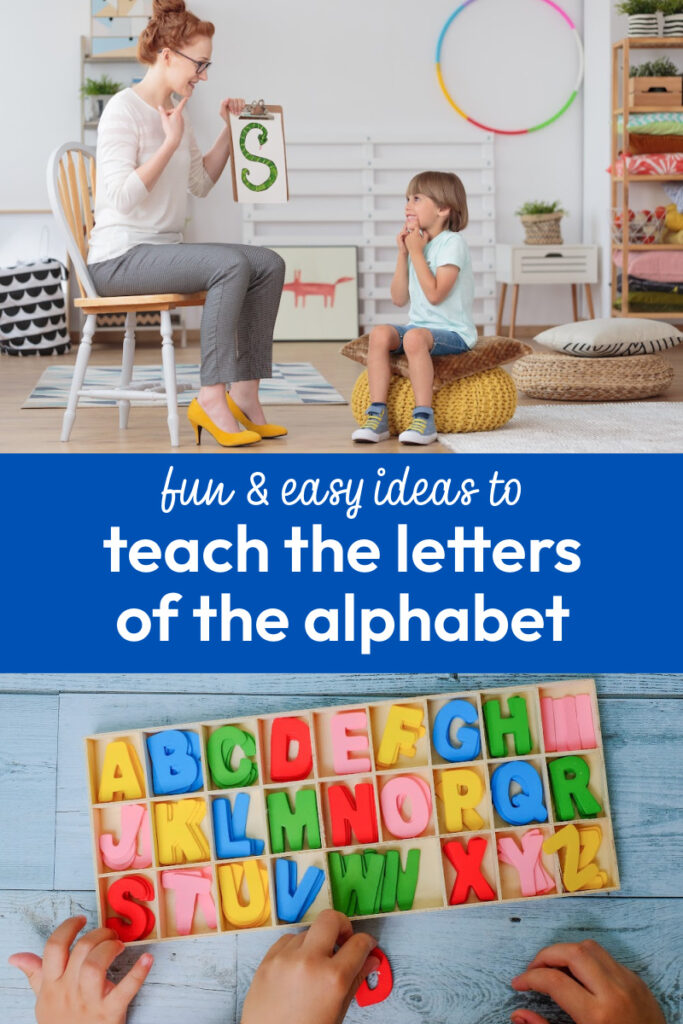
Affiliate Links.
Here at the Educators’ Spin On It, we believe in a hands-on, play based early learning environment. As part of our book 100 FUN & Easy Learning Games, there are several games to teach the letters of the alphabet. Including:
- Roll the Alphabet
- Mystery Alphabet
- Zip-Line Letters
- Squirt the Letter Fish
- And Stringing Letters
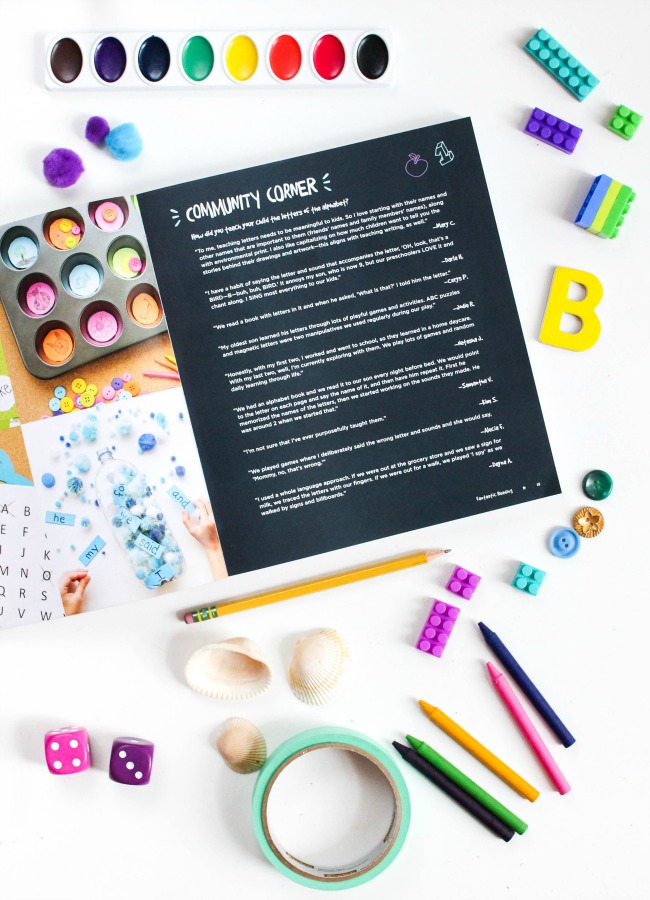
How do you teach the letters of the alphabet?
We asked some teachers and parents in our online community how they teach their children the letters. Here is what they said:
“Tactile activities such as writing with their fingers in sand, lots of songs and environmental print (ABC charts) and we found our kids really benefited from 10 minutes a day of ABC Bingo. As they started to identify letters more easily, we gave a small sticker for being able to identify the letter and a big sticker if they could tell us letter and sound. They love it!” – Trish MP
Bath tub sponge letters. – Terri S.
Read with them. Stop to point out letters, and demonstrate the sounds and how they fit together. If the kid isn’t interested, move on with the story and do it again later! If the kid IS interested, sound out a whole page (or more) with them, answer their questions, and have fun . – Misty S.
To me, teaching letters needs to be meaningful to kids. So I love starting with their names and other names that are important to them (friends’ names and family members’ names), along with environmental print. I also like capitalizing on how much children want to tell you the stories behind their drawings and artwork – this aligns with teaching writing, as well. – Mary C
“Sand writing, tracing letters, magnets, songs, and books- Chicka, Chicka, Boom, Boom is a favorite!” – Debbie M
Immerse kids in language and letters. Integrate into daily conversations and play. Begin with letters in their name and those of family members. Talk, point out, communicate and ask questions, find answers, READ, and play daily. Learning then happens almost as if by osmosis when kids are immersed in literacy… I have a habit of saying the letter and sound that accompanies the letter, “OH look that’s a BIRD – B- buh, buh, BIRD.” It annoys my son who is now 9, but our preschoolers LOVE it and chant along. I SING most everything to our kids. – Darla H
Sing ‘Down Around the Corner at the Muffin Shop’ and have letters on the muffins both upper/lowercase. – Melissa G.
Rhyme A amazing alligator a amazing alligator. ..B bouncy bear b bouncy bear C crazy cow….ect – Lori W
We read a book with letters in and when he asked what is that, I told him the letter. Cerys, P
Play, play and more play!… My oldest son learned his letters through lots of playful games and activities. ABC puzzles and magnetic letters were two manipulatives we used regularly during our play. – Jodie R.
Exposure through play, songs, & helping them make connections to their world. – Jamie S
Honestly with my first two I worked and went to school, so they learned in a home daycare. With my last two. Well, I’m currently exploring with them. We play lots of games and random daily learning through life. – Natasha J.
We had an alphabet book and we read it to our son every night before bed. We would point to the letter on each page and say the name of it and then had him repeat it. First he memorized the names of the letters, then we started working on the sounds they made. He was around 2 when we started that. – Samantha V
By using visual aids show the letter give the sound write it down , have them trace it usually I will do dotted lines . Show pictures of words that begin with that letter. I would also be creative by doing crafts of that letter. – Johanna B
Sounds first. Ahh-for A buh-for B etc. My son taught himself how to read at 3 because we taught sounds not names. After he knew sounds knowing an A was an A came naturally. He sounds out huge words like elliptical galaxy all on his own…it’s pretty amazing. We just played with the foam bathtub letters when he was about 18 mos. We would hold one up and make the sound. He caught on quickly. – Alisha B.
I’m not sure that I’ve ever purposefully taught them – Kim S.
We played games where I deliberately said the wrong letter and sounds and she would say, Mommy no that’s wrong. – Alecia F
As an OT I highly recommend the Handwriting without tears program (developed by an OT). Letters should not be taught in ABC order but instead developmentally the brain learns straight lines first, then curves and finally diagonals. Tarra F.
I used a whole language approach. If we were out at the grocery store and we saw a sign for milk, we traced the letters with our fingers. If we were out for a walk, we played I spy as we walked by signs and billboards. – Dayna A.
Every way I can think of I want to make sure no matter how they learn I’m reaching them. Games, matching and BINGO,art with stuff that begins with the letter special stuff in blocks and dramatic play, songs, book and even old fashioned flash cards. – Bridget C

How do you teach the letters of the alphabet?
- Learning Games
- Matching
- Letter Bingo
- Building letters with blocks
- Focus on a few letters at a time
- ABC bean bags
- Playing with letters
- ABC flashcards
- ABC puzzles
- Look for letters in your environment
- Talk about letters
- Make the letter sounds
- Read books about the alphabet
- Point out letters
- Using an alphabet chart
- Trace letters
- Pretend to say the wrong letter!
- Write letters in the sand
- Play with magnetic letters.
- Sing songs about letters
- REPEAT any and all of the above on a routine basis.
Grab your copy of 100 FUN & EASY LEARNING GAMES FOR KIDS for even more ideas!
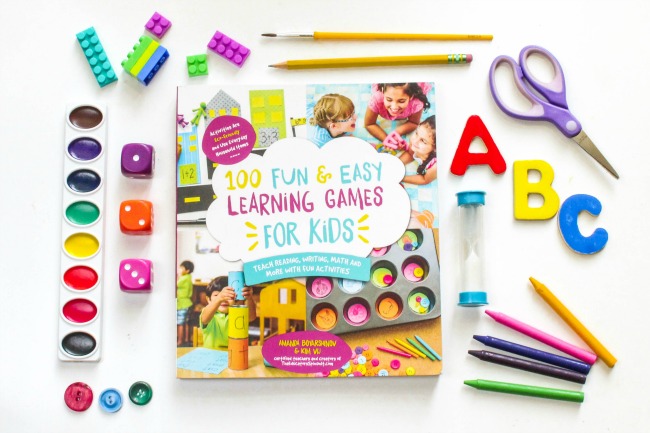
*CLICK BELOW TO ORDER 100 Fun & Easy Learning Games for Kids: Teach Reading, Writing, Math and More:
You may also enjoy these alphabet activities for kids…
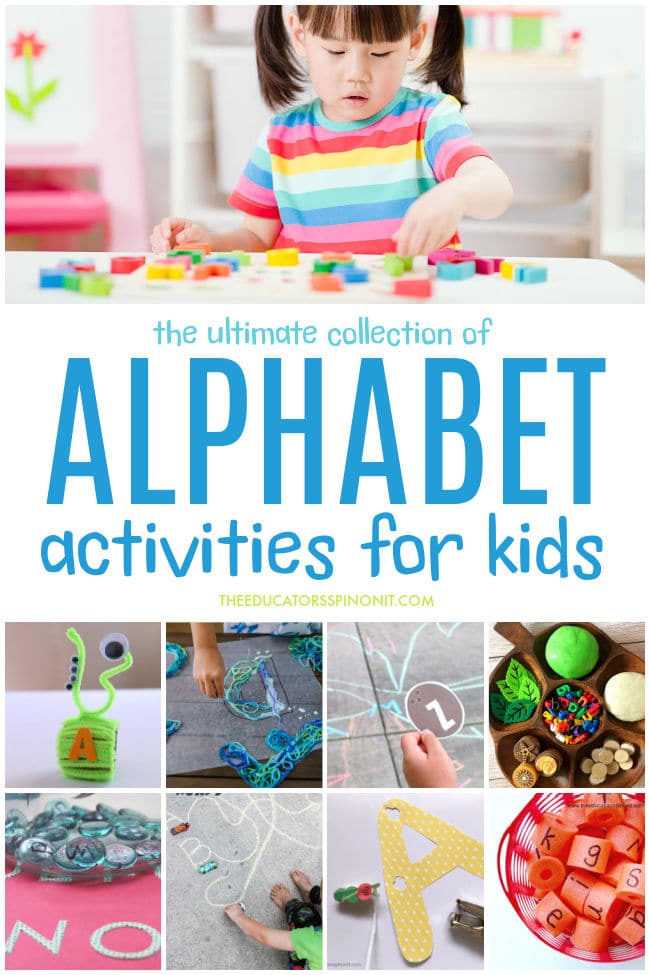
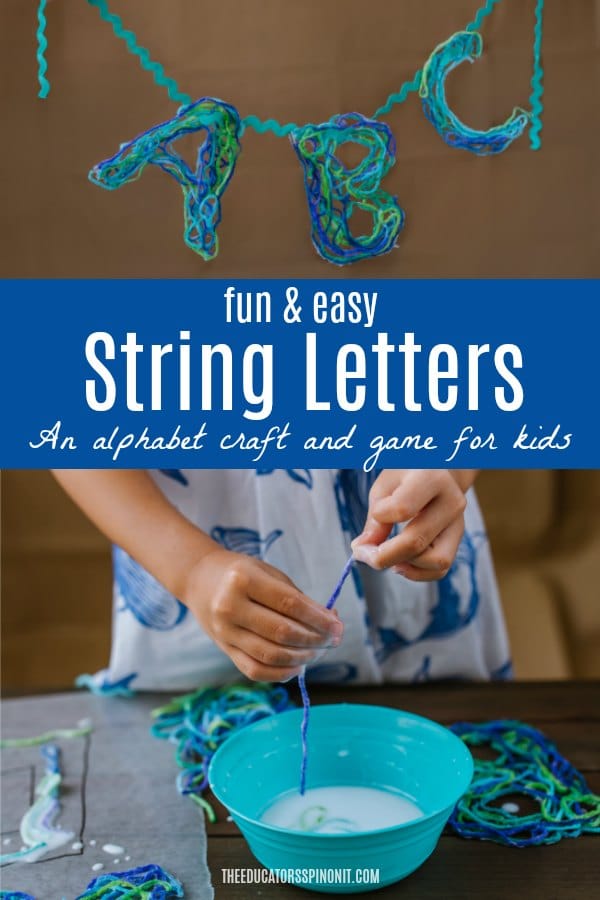
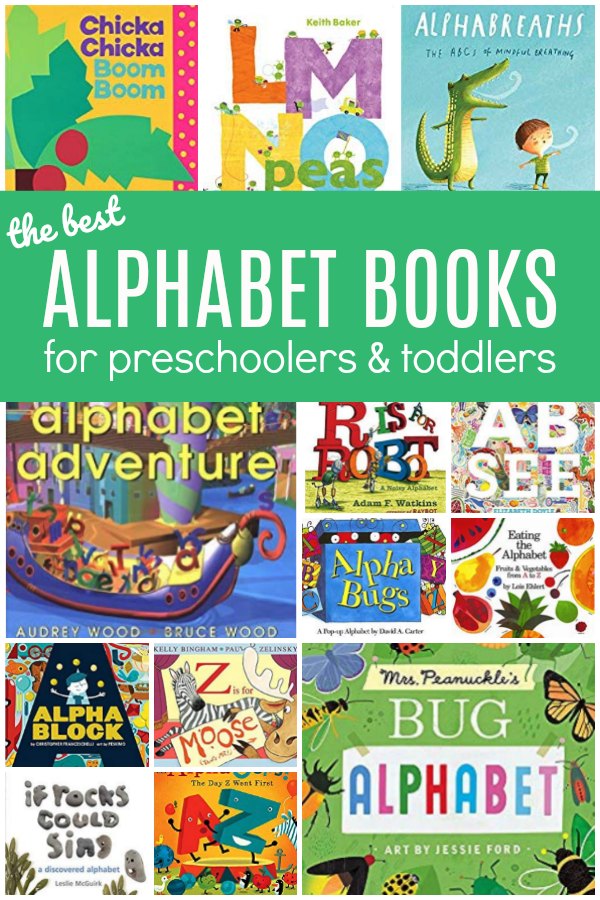

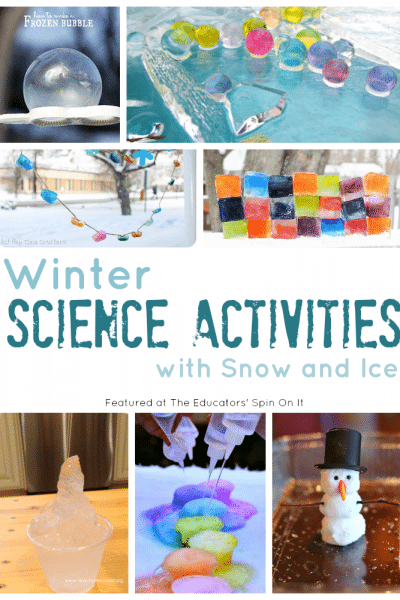
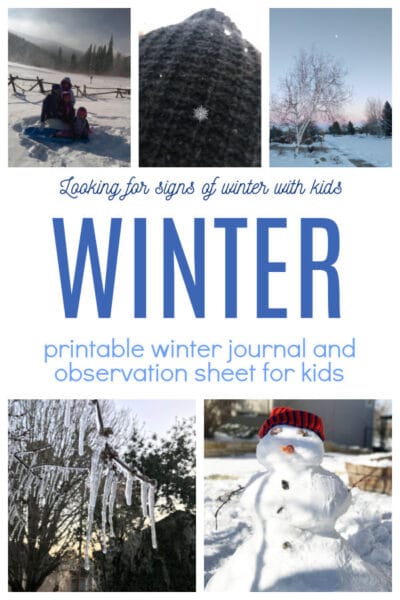
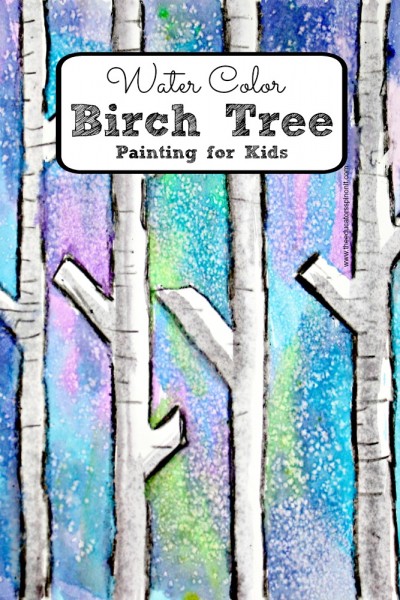
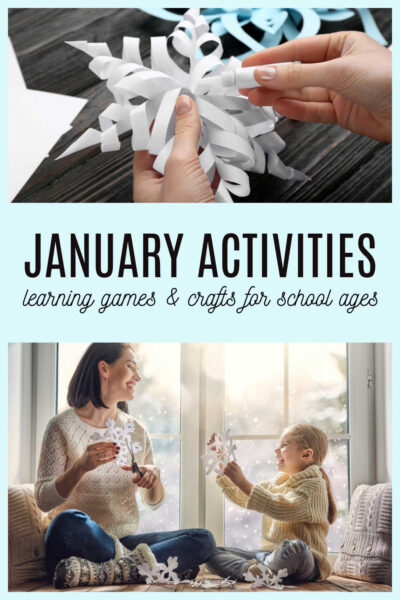
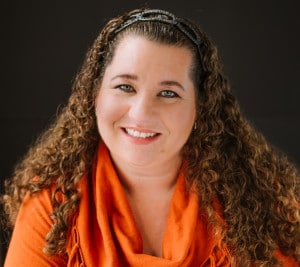
My son just turned four and sometimes at home I struggle a bit with working on letters. That’s because at his Montessori school they learn cursive first, and we have so little exposure to cursive letters in our books and other print materials. For now I’m focusing on reading and talking with him using lots of sounds , which he is very intrigued by at the moment.